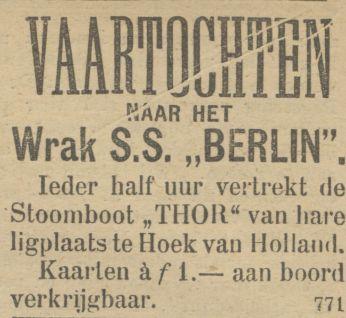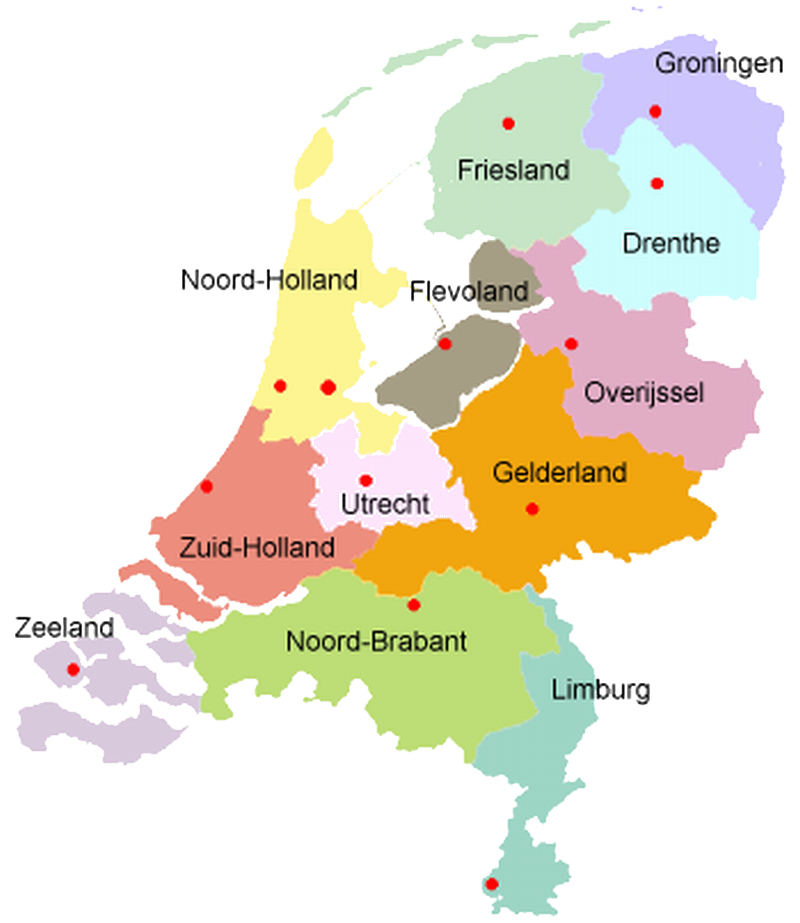hoek van holland
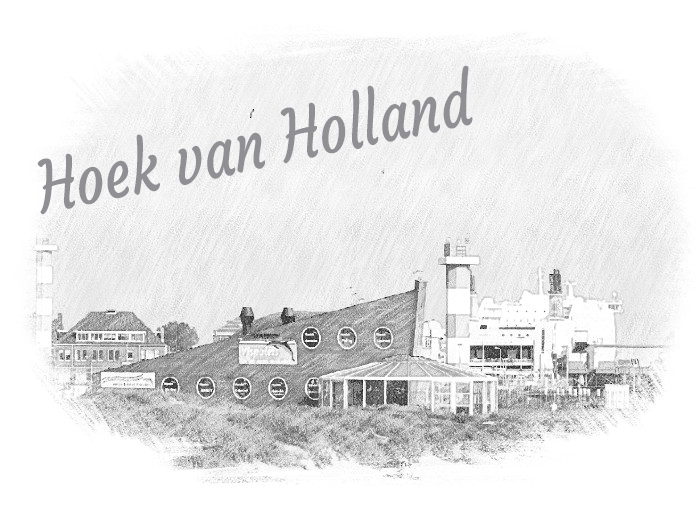
the North Sea meets the Nieuwe Waterweg river
Hoek van Holland is a charming coastal town that boasts a unique blend of maritime heritage, scenic beauty, and vibrant atmosphere. Located where the North Sea meets the Nieuwe Waterweg river, this picturesque destination has been a favorite among locals and tourists alike.
With its expansive sandy beaches stretching as far as the eye can see, Hoek van Holland is a haven for beach lovers and water sports enthusiasts. Visitors can enjoy sunbathing, swimming, surfing, and even kite flying in the refreshing sea breeze. The iconic red lighthouse, “The Hook of Holland,” stands tall, offering stunning panoramic views of the coast.
Beyond its natural beauty, Hoek van Holland also boasts a rich maritime history. The town’s harbor plays a vital role in international trade and ferry connections to the United Kingdom. The harbor area is a bustling hub of activity, with numerous cafes, restaurants, and shops lining the waterfront, providing a perfect setting to relax and watch ships passing by.
For history buffs, the Hoek van Holland Fort is a must-visit. This historical structure dates back to the 19th century and now houses a fascinating museum, offering insights into the region’s military past and coastal defense.
Whether you seek relaxation, maritime adventures, or a glimpse into Dutch history, Hoek van Holland is a destination that will captivate your senses and leave you with lasting memories of the Dutch coastline’s beauty and charm.

Atlantic Wall
Hoek van Holland was part of the Atlantic Wall, the German defense line that stretched along the coast from Norway to Spain. One of the remains of the line is the bunker at the Noorderhoofd. This ‘table bunker’ from 1943 is a type 611 artillery bunker. This location in Hoek van Holland was important because of the access to the port of Rotterdam and the hinterland. The gun in the bunker could fire on the beach and part of the water during an invasion. The bunker is now a museum with a special exhibition where you can learn everything about what remains of the mighty defense line. The Atlantic Wall Museum is located on the Noorderpier.
Channel crossing to life
From the beginning of the Nazi regime in Germany, there was a constant flow of Jewish refugees from Germany. At the same time, more and more countries imposed entry restrictions.
The Kristallnacht that took place on November 15, 1938 led to a new wave of refugees. However, many neighboring countries of Germany were not waiting to receive many Jews again. However, an exception was made for children.
Having to leave their parents at a young age did a lot to the children. Many suffered trauma as a result. They grew up in a new country where they did not speak the language and had to live with strangers who only spoke English. At school, the children were often regarded by English children as Germans, rather than – in the first place – as Jewish refugees. After the war, the vast majority of children found out that their parents had been murdered by the Nazis. In November 2018, the German government paid compensation of 2500 euros to the still living participants of the kindertransports.
NEW WATERWAY,
ENTRANCE TO THE BIGGEST port OF THE WORLD
The works for the construction of the New Waterway started on 31 October 1863 and were carried out under the direction of hydraulic engineer Pieter Caland.
Initially, the expropriation of farmlands was started, and then two parallel dams were erected. The New Waterway is the last part of the connection between Rotterdam and the sea, which was put into use in 1872. The length of this excavation of the dunes at what is now called Hoek van Holland, but at the time belonged to the municipality of ‘s-Gravenzande, was 4.3 km.
Every year, more than 15,000 seagoing vessels sail on the Nieuwe Waterweg. The river is too shallow for some ships.
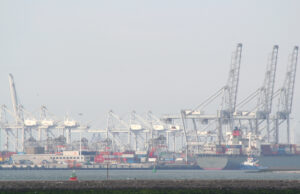
For optimal accessibility of the port, the Nieuwe Waterweg and the Botlek have been deepened over a length of twenty-five kilometres.
Hook of holland, the rotterdam beach

Hoek van Holland is a seaside resort, the Rotterdam one that is. In the summer, the inhabitants of Rotterdam flock to the beach here. There are quite a few restaurants on the beach but it must be said, Hoek van Holland lacks the élan and grandeur of Scheveningen or Zandvoort. The beach is rather remote and therefore the village itself does not have much to offer for the tourist. Although the ferry to Harwich in England departs here, most travelers come by train from Rotterdam and then find a good connection to the ferry. The motorists are immediately taken care of in the parking lots of the ferry.
Watching ships on the Emmaboulevard along the Nieuwe Waterweg attracts quite a bit of attention in the summer, but most visitors do not last longer than an hour here.
Maeslant barrier
As the last part of the Delta Works, the Maeslant barrier was put into operation in 1997.
This storm surge barrier protects Rotterdam by sinking two movable walls in the Nieuwe Waterweg in the event of a storm with more than 10-12 Beaufort (north) west wind.
The barrier consists of two huge doors. The doors are actually two floating pontoons that can be brought to their place empty. Once here, the doors are flooded with water, creating massive barriers. If the barrier has to open again, the doors are pumped out and moved outwards. Here the doors on both sides sail again in a kind of dry dock with door. The door closes and the dry dock is pumped out. This way, the doors are kept dry, for corrosion reasons.
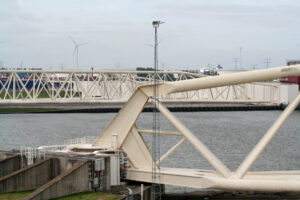
The construction of the Maeslantkering started in 1991. On 10 May 1997, the flood defence was officially inaugurated by Queen Beatrix. On this day, the barrier was closed for the first time at 4.30 p.m.


The white stripe represents the North Sea and New Waterway. Yellow and green symbolize dunes and beach and the meadow countryside beyond. The eight-spoke black steering wheel indicates the relationship with the sea and shipping. It also has a small yellow canton with a red Dutch lion.
The disaster of the ss Berlin
In the early morning of Thursday, February 21, 1907, a disaster unfolds off the Hoekse coast.
The s.s. Berlin, the ferry between Hoek van Holland and Harwich, runs on the North Pier around 05:00 during a heavy north-northwest storm.
The lifeboat President van Heel sails out but cannot get close enough to the Berlin without walking on the pier himself. Attempts to cross a line from the lifeboat that has itself anchored must be stopped because the anchor truss breaks.
Most of the passengers have gathered on the berlin foreship. But the ship breaks in two and the front part disappears into the water, with everyone who stood there drowning, about 100 people. Then the salvage of the corpses begins. Many of them are buried in ‘s-Gravenzande. The mass grave can still be visited there.
129 of the 148 people on board died.
After this, disaster tourism starts, which is gladly responded to. For example, you can take a boat to the wreck and there is a movie to watch in the cinema.
